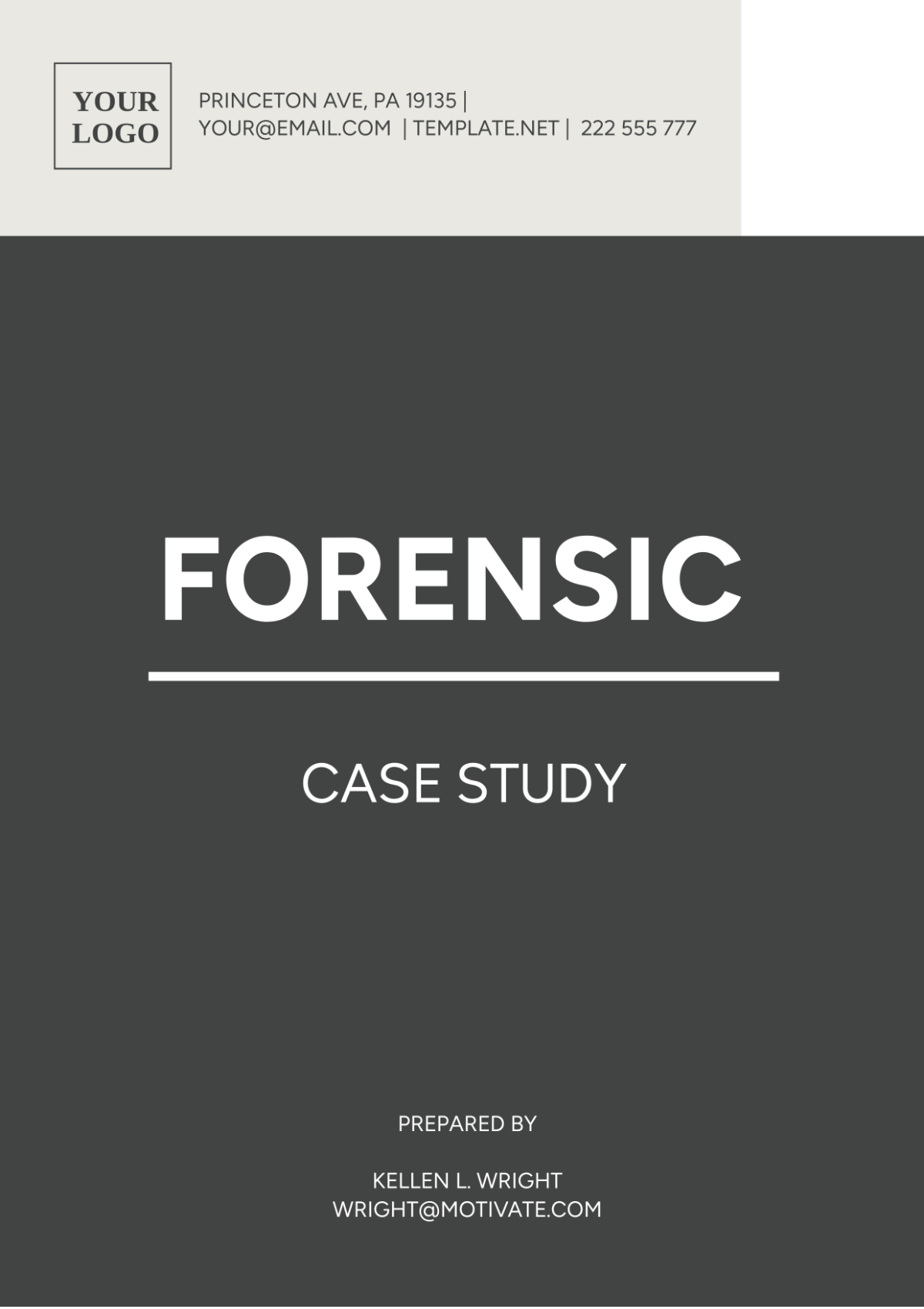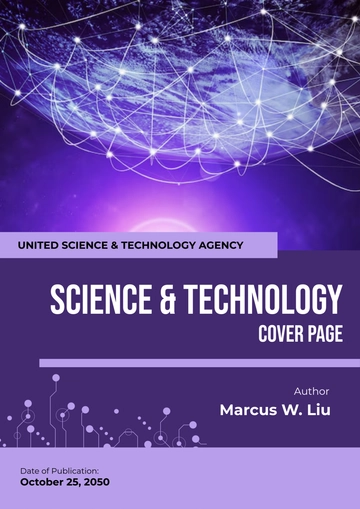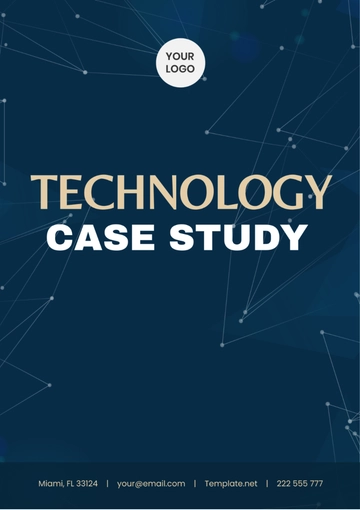FORENSIC CASE STUDY
I. Introduction
The Murder at Ravenwood Manor: A Forensic Analysis presents an in-depth analysis of a specific forensic investigation or legal case involving the mysterious death of [VICTIM'S NAME]. This case study aims to provide a comprehensive understanding of the crime scene, the forensic evidence collected, the analysis methods employed, and the conclusions drawn from the investigation. The findings presented in this case study are based on[Your Company Name]'s expertise in forensic science and legal analysis.
II. Case Background
2.1 Overview of the Case
The case under scrutiny involves the murder of [VICTIM'S NAME], a wealthy businessman, on January 15, 2050, at [location], a remote estate in upstate New York. The law enforcement agency initiated the investigation, leading to the collection of substantial forensic evidence.
2.2 Crime Scene Analysis
Location Description: The crime scene was located at [specific location details].
Evidence Collection: Forensic experts collected fingerprints, blood samples, DNA evidence, and hair fibers from the crime scene.
Initial Observations: Initial observations at the crime scene revealed signs of a struggle in the study room, bloodstains, and a broken window.
III. Forensic Evidence Analysis
3.1 Evidence Examination
Types of Evidence: The forensic evidence collected included fingerprints, blood samples, DNA evidence, and hair fibers.
Analysis Methods: Various analysis methods were employed, such as:
Findings: The analysis revealed significant findings, including a match between the fingerprints found and those of a known criminal, indicating a possible suspect.
3.2 Expert Testimony
Forensic experts from [Your Company Name] provided expert testimony on:
IV. Legal Proceedings
4.1 Courtroom Presentation
Evidence Presentation: The forensic evidence was presented in court through visual aids, including charts and graphs illustrating the analysis results.
Cross-Examination: Expert witnesses underwent cross-examination regarding the reliability of forensic techniques and evidence interpretation.
Impact: The forensic evidence played a crucial role in establishing the guilt of the suspect, leading to a conviction for murder.
4.2 Verdict and Conclusions
After considering the forensic evidence and legal arguments, the court reached a verdict of guilty for the suspect, [SUSPECT'S NAME]. The conclusions drawn from this case study shed light on the importance of forensic science in criminal investigations and legal proceedings.
V. Lessons Learned and Future Implications
5.1 Case Study Reflection
This case study provides valuable insights into the effectiveness of forensic analysis in solving complex criminal cases and ensuring justice.
5.2 Future Implications
The findings have implications for enhancing forensic techniques, improving evidence-collection protocols, and emphasizing the role of forensic experts in the justice system.
Prepared By:
[Your Name]
[YOUR POSITION]
[YOUR DEPARTMENT]
Contact Details:
[Your Email]
[Your Company Number]
[Your Company Website]
[Your Company Address]
Case Study Templates @ Template.net






























